Monitoring sediment transport in rivers is often dangerous and costly, resulting in limited data. The Single Frequency Acoustic Attenuation System provides near-continuous measurements of fine suspended sediments, offering greater resolution than traditional methods. Over time, the system improves predictive insights and helps stakeholders like researchers, scientists, and government agencies make more accurate assessments of sediment transport.
National Center for Physical Acoustics
WHAT WE DO
The Jamie Whitten National Center for Physical Acoustics (NCPA) at the University of Mississippi stands as a pioneer of innovation in the field of physical acoustics. Since its establishment by Congress in 1987, NCPA has led the way in exploring a vast array of applications, from infrasound to ultrasound and beyond, setting benchmarks in research excellence.
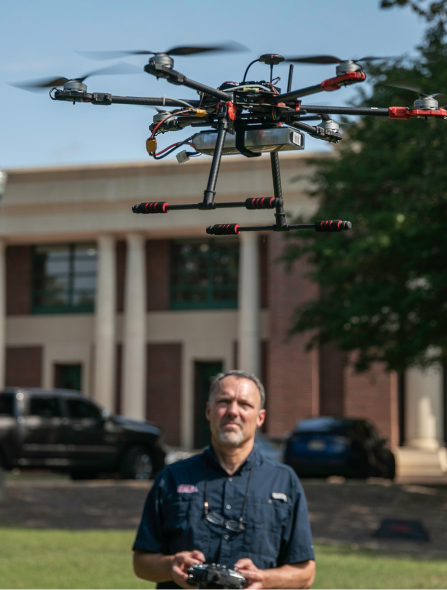
Shaping the Future with the Science of Sound
At NCPA, we stand at the forefront of physical acoustics research, tackling critical societal challenges and driving groundbreaking innovations for both public and private sectors. From monitoring water quality and sediment runoff in lakes and streams, to developing novel ultrasonic applications, reducing noise from supersonic jet propulsion, and tracking tornadoes, our team leads both in the theoretical understanding and practical application of acoustics across a diverse range of fields.
Our mission is to:
- Innovate through vigorous basic and applied research programs in acoustics to ensure a viable national source of expertise.
- Educate graduate and undergraduate students with knowledge and experience on the frontiers of acoustics.
- Produce future researchers, teachers, practitioners and leaders in acoustics.
- Enhance the overall educational and research mission of the University of Mississippi.
- Promote economic growth through partnerships with industry and government.
Founded by Congress in 1987, NCPA is the nation's first and only center exclusively dedicated to physical acoustics. Our pioneering research and strategic partnerships with governmental, military, and industry leaders are designed to meet and surpass the complex challenges of today and tomorrow. These alliances propel national capabilities forward, enhance systems and technologies and drive transformative innovation.
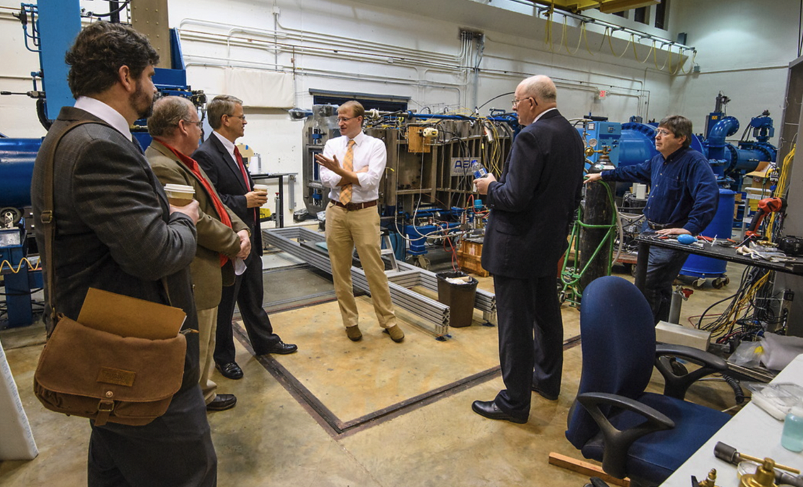
“Acoustics are like sound fingerprints of systems. Every material thing in the world has an acoustic fingerprint attached to it.” — Dr. Nathan Murray, Director, NCPA
Our Research Areas
Physical acoustics, a specialized branch of physics and acoustics, studies the interaction of acoustic waves with various materials (solids, liquids, and gasses) on both macroscopic and microscopic scales. NCPA leads in applying and understanding physical acoustics, driving innovation and solving real-world problems across diverse fields, including:
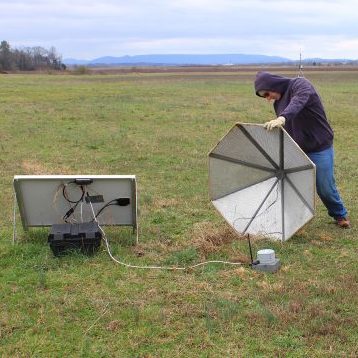
Fundamental Research in Physical Acoustics
Our research in fundamental acoustics spans ultrasonics, metamaterials, acoustic manipulation, and sound propagation. We develop innovative technologies like flat lenses for ultrasound and explore applications ranging from environmental monitoring to noise control and military surveillance.
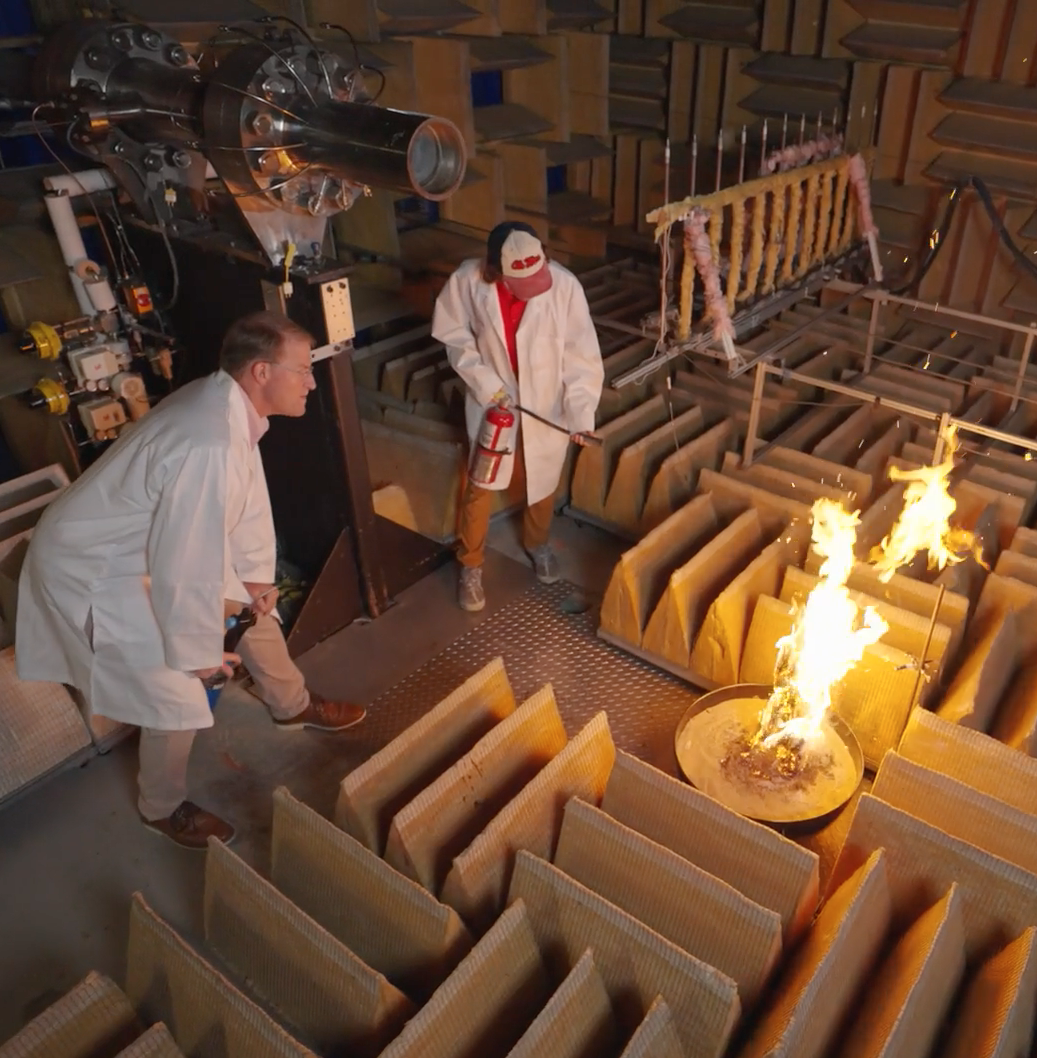
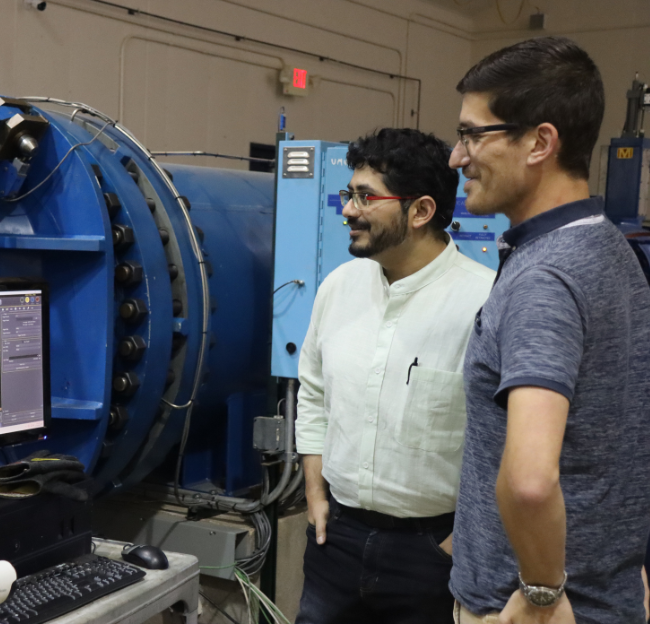
Aerospace and Aeroacoustics
Aeroacoustics explores noise produced by turbulent fluid motion in complex flows, and has both military and civilian applications. From jet propulsion noise reduction to drone noise assessment and combustion acoustics, our research enhances noise management and deepens understanding of sound dynamics in various environments.
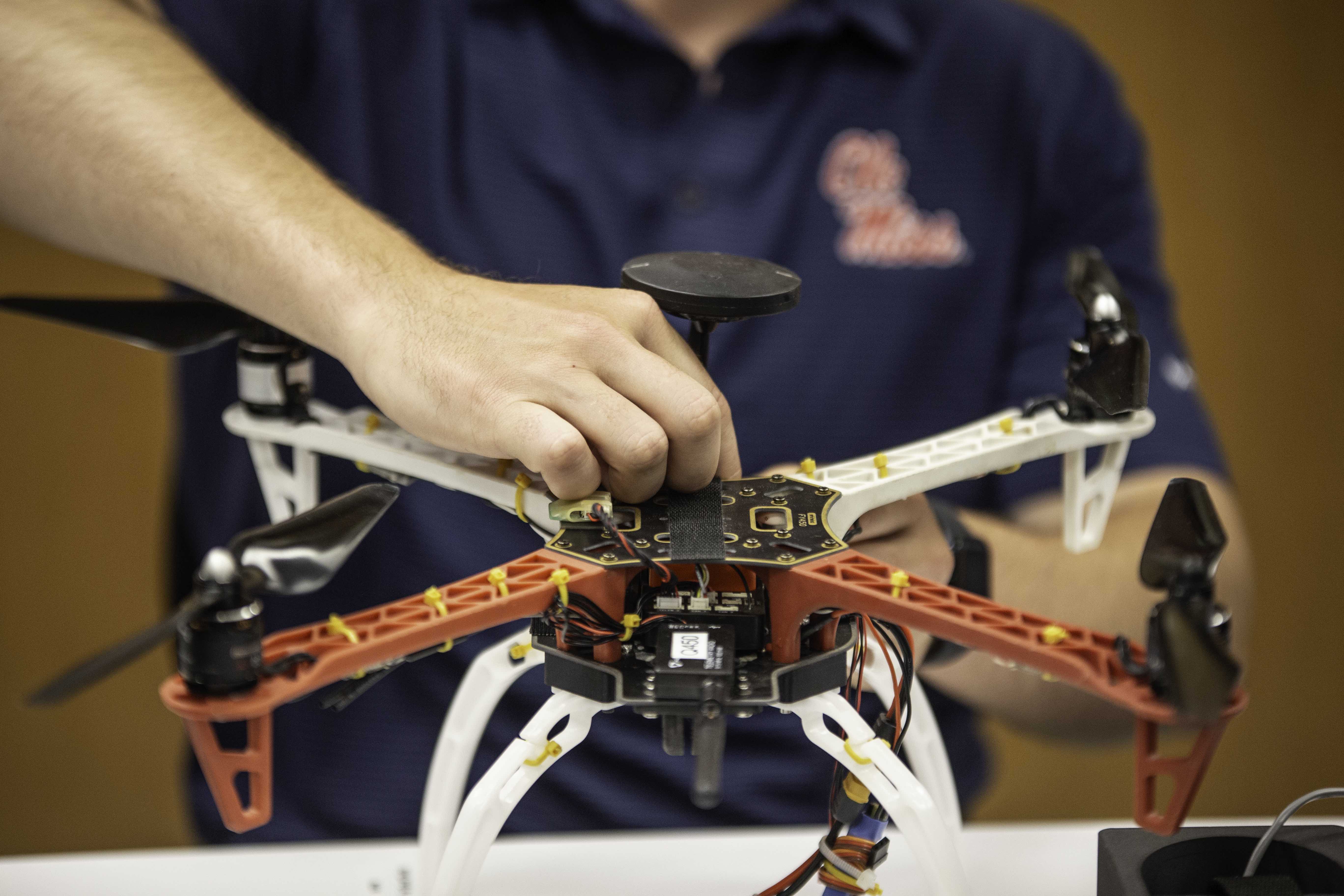
Sensors and Measurement Systems
We focus on applying acoustical principles to real-world systems, integrating disciplines like AI, data analysis, and robotics. Our interdisciplinary approach creates practical solutions for minimizing wind noise on microphones, developing battlefield-ready systems, and producing prototypes that partners can manufacture.
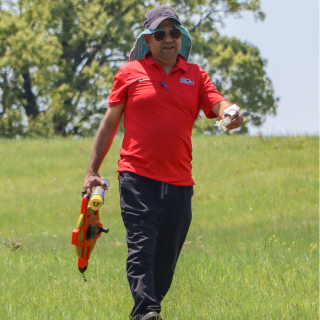
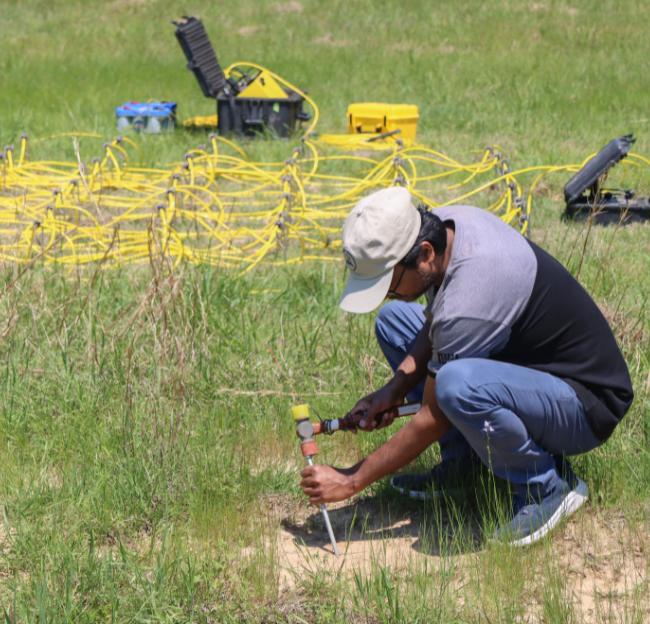
Geophysical and Planetary Acoustics
Our research uses sound waves from infrasound to ultrasound to study the oceans, atmosphere and subsurface geology. Applications include monitoring nuclear tests, evaluating hurricanes, tracking tornadoes, and exploring planetary atmospheres. We have also developed methods for landmine detection, watershed monitoring, and subsurface imaging.
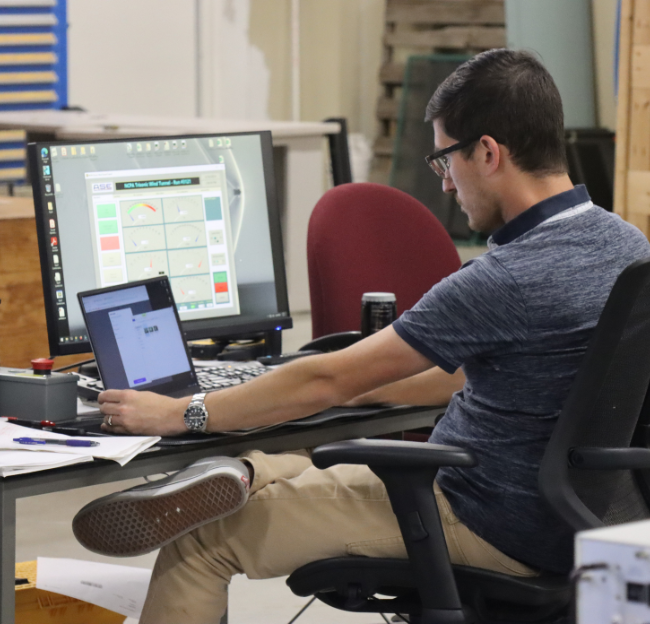
Modeling and Simulation
We advance signal processing and AI through computer modeling to understand sound generation and interaction. Our work ranges from spatial audio in consumer electronics to complex material and terrain modeling, providing deeper insights into the physical mechanisms of sound.
Opportunities for Students to Join Our Team
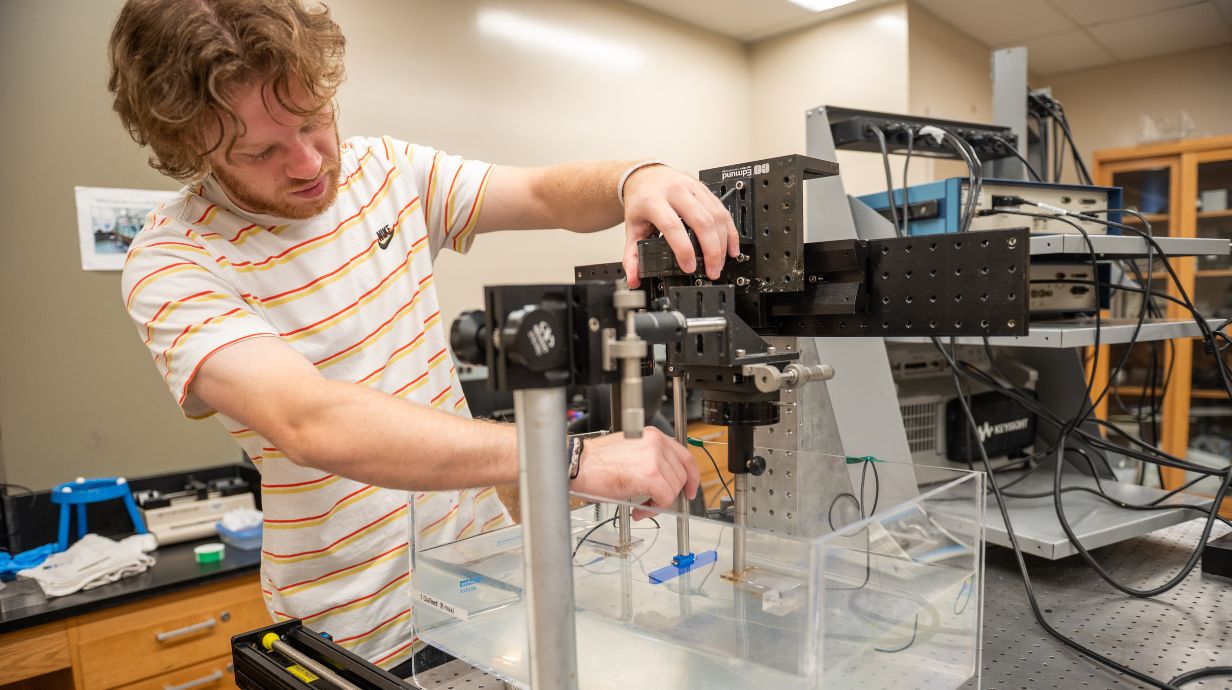
We offer meaningful opportunities for undergraduate students, graduate students, and postdoctoral researchers to engage in hands-on research and education. By working with NCPA, you'll not only enhance your academic experience but also collaborate with leading experts in the field. Whether you're analyzing data, helping to develop new technologies, or working on complex acoustical challenges, your contributions will have real-world applications.
This is more than just research. It's a chance to be part of a collaborative community that encourages growth and learning.
Our State-of-the-Art Facilities
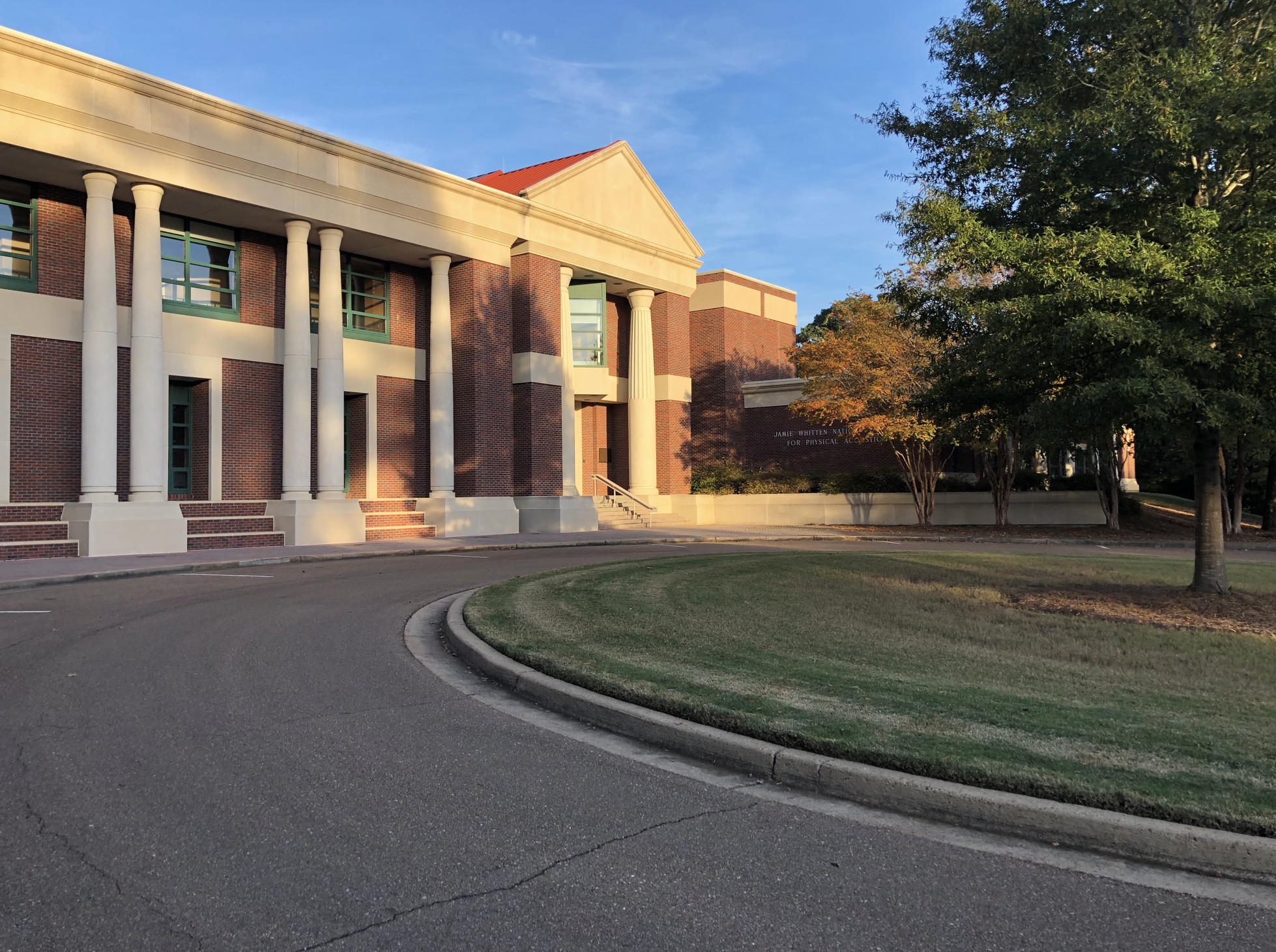
NCPA officially opened its doors on the University of Mississippi campus in 1990 and was renamed the Jamie L. Whitten National Center for Physical Acoustics, honoring Whitten’s 53 years of service as representative from Mississippi’s 1st Congressional District.
Our expansive 85,000-square-foot facility is designed to foster innovation and features an anechoic chamber, a Mach 5 wind tunnel, and an anechoic hot-jet laboratory. low-speed wind tunnels for aerodynamic studies. Additional facilities include low-speed wind tunnels, an underwater acoustics tank, Faraday lab spaces, 3-D printing for prototype development, and a high-tech machine shop equipped with state-of-the-art CAD services for precision in-house design.
Recent Publications from NCPA
Revealing the sound, flow excitation, and collision dynamics of human handclaps
This study examines what makes the sound of human hand clapping so distinctive. Using high-speed imagine and acoustic modeling, researchers found that both the shape and material properties of the hands contribute to acoustic resonance and air flow excitation.
NCPA in the News
Read about our involvement in the community and stay up-to-date on latest research.
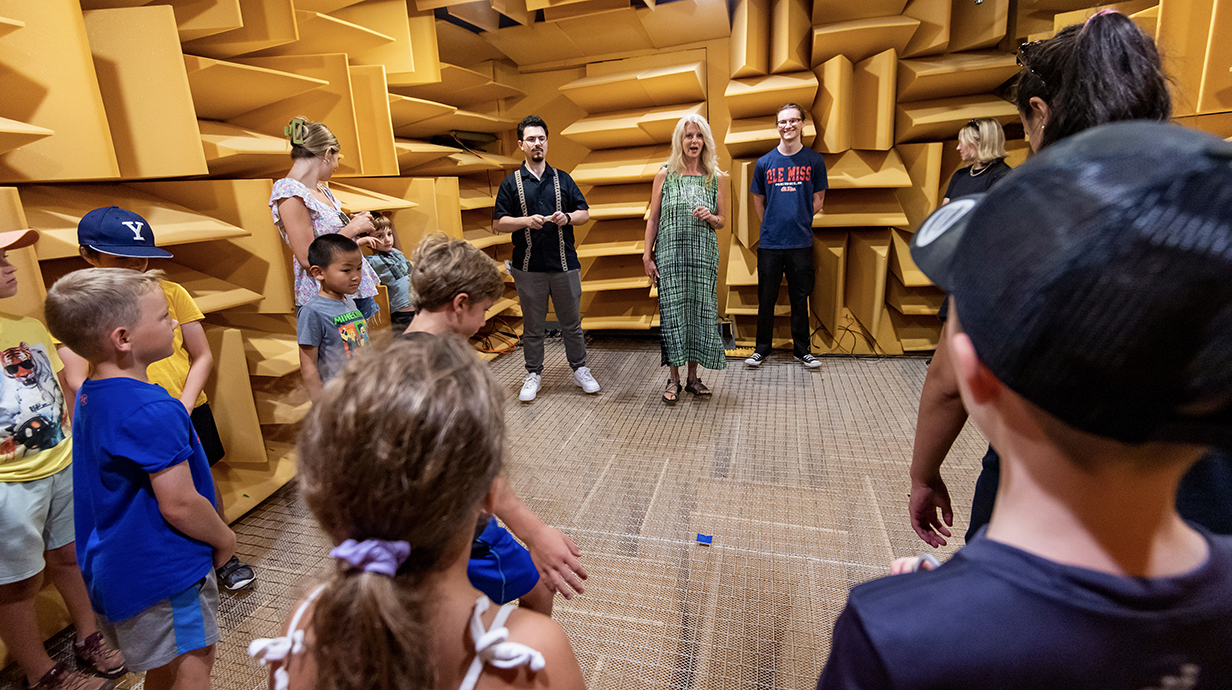
Faculty News
OXFORD, Miss. – For Nathan Murray, being named director of the University of Mississippi's National Center for Physical Acoustics was a "momentous full-circle moment."
